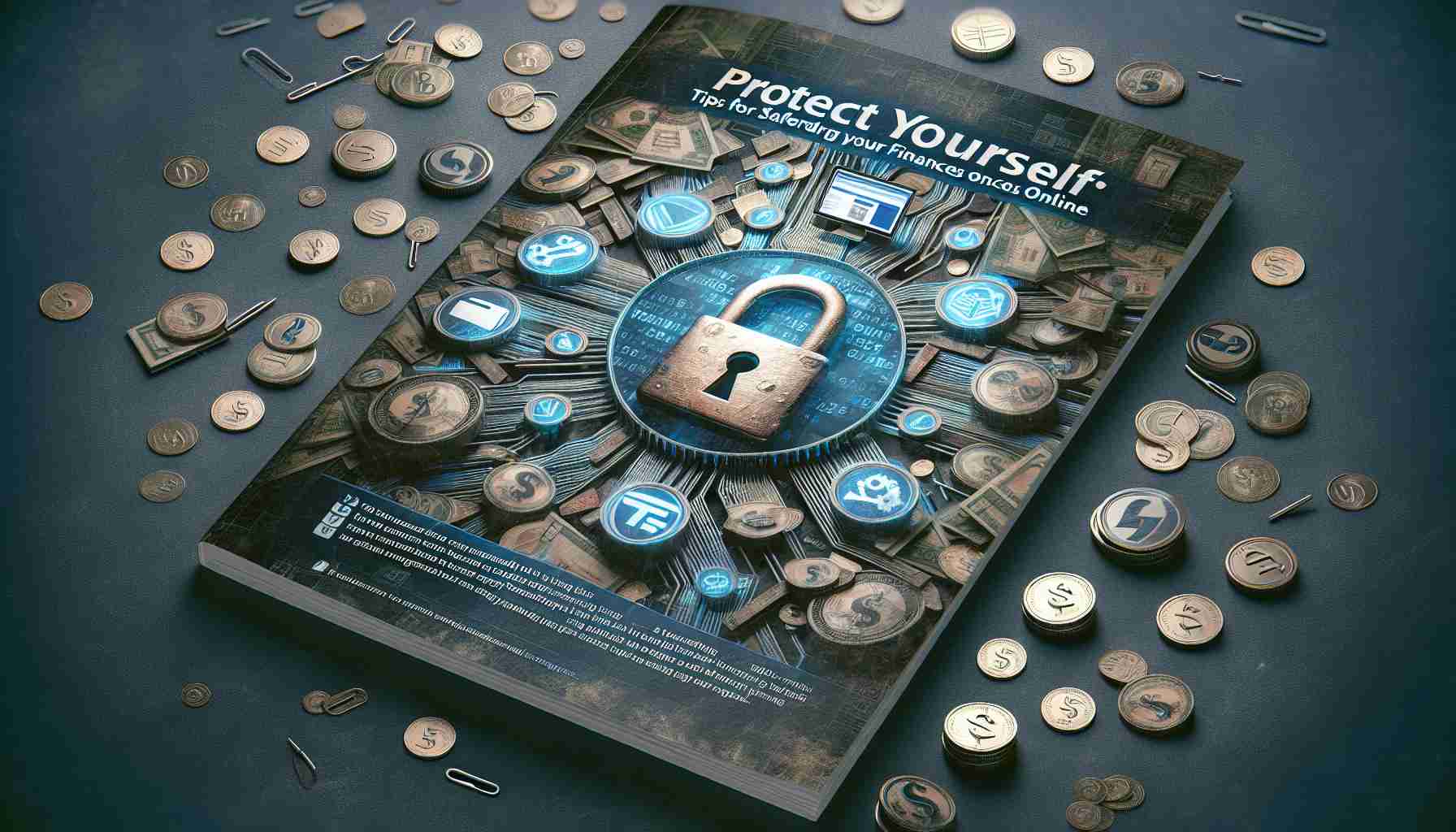Highlights
- 83-year-old retired official in Kolkata scammed online.
- Lost Rs 2.5 lakh to a caller posing as a bank employee.
- Scammer exploited KYC update process for account access.
- Earlier Navi Mumbai doctor scammed for Rs 1 lakh over lipstick purchase.
An elderly retired government official from Kolkata, S.P. Sinha, aged 83, fell prey to a sophisticated phone scam, resulting in a substantial financial loss of Rs 2.5 lakh.
Residing in Thakurpukur, Sinha, who customarily conducted his banking in person, was duped by a caller posing as a representative from his bank.
How The Scam Unfolded

The incident occurred on November 11, the day before Diwali, when Sinha received a call from an individual claiming to be from the bank branch where he holds his pension account.
The caller, feigning legitimacy, even cited the specific table number at the branch and Sinha’s account number.
He informed Sinha that the bank’s ‘verification’ section was operational that day for KYC (Know Your Customer) updates.
Sinha, who was unfamiliar with online banking procedures, faced technical challenges during the call.
Trusting the caller, he handed over the phone to his 11-year-old grandson, believing that the youngster would better handle the online process.
Tragically, this led to unauthorized access to Sinha’s account, resulting in a debit of Rs 2,57,650 and the compromise of his fixed and recurring deposits.
This case highlights the vulnerability of the elderly, especially those reliant on traditional banking methods, to such fraudulent schemes.
It underscores the importance of vigilance against unsolicited financial requests over the phone.
Banks and other official institutions do not conduct financial transactions or request sensitive information via unsolicited calls.
For Safe KYC Updates, customers should

- Log into the official online banking portal of their bank.
- Navigate to the “KYC” section.
- Select “Update KYC” and choose the details that need updating.
- Submit the required documents and enter the OTP sent to the registered mobile number for verification.
Previous Scams: Lady loses 1 Lakh Over A Lipstick

A doctor from Navi Mumbai, residing in Mumbai, became a victim of an online scam, suffering a financial setback of Rs 1 lakh following a seemingly innocuous purchase on a renowned e-commerce platform.
The incident unfolded with the purchase of a lipstick, priced at Rs 300, on November 2nd.
The doctor was anticipating the arrival of her lipstick order when she was misled by a fraudulent message stating that her order had already been delivered, even though she had not received it.
Upon contacting the courier company regarding the undelivered product, she was informed that she would be contacted by customer care for further assistance.
FAQs
What exactly happened in the Kolkata online scam involving the elderly official?
An 83-year-old retired government official in Kolkata was targeted in an online scam where he lost Rs 2.5 lakh.
The scammer, posing as a bank employee, tricked him into believing they were assisting with a KYC update.
How did the scammer convince the elderly victim to share sensitive information?
The scammer, knowing detailed information about the victim’s bank account and branch, convincingly posed as a bank representative.
They exploited the victim’s lack of familiarity with online banking procedures to gain access to his account.
What role did the victim’s grandson play in this incident?
The elderly victim, struggling with the technical aspects of the call, handed over his phone to his 11-year-old grandson, thinking he would better handle the online process. Unfortunately, this led to unauthorized access to the victim’s account.
What steps can individuals take to avoid similar scams?
To avoid such scams, individuals should never share sensitive banking information over the phone, especially with unsolicited callers.
They should conduct KYC updates directly through the bank’s official website or in person at the branch.
How did the Mumbai doctor become a victim of an online scam?
The Mumbai doctor was scammed after purchasing a lipstick for Rs 300 online. She received a fake message about the product’s delivery.
Subsequently, she was duped by someone pretending to be from customer service.
The scammer convinced her to download a harmful app and make a small payment, which resulted in her banking information being stolen.
What is online fraud, and how does it happen?
Online fraud refers to any deceptive or illegal activity conducted on the internet with the intent to gain financial advantage or steal personal information.
It encompasses various schemes, including phishing, identity theft, credit card fraud, and more.
Online fraud typically occurs when cybercriminals trick individuals into revealing their sensitive information, such as login credentials, credit card numbers, or personal details, through deceptive emails, websites, or scams.
What are some common signs that I might be a victim of online fraud?
Several signs may indicate that you’ve fallen victim to online fraud:
Unauthorized transactions on your bank
Unusual account activity, such as changes in login credentials or account settings
Unexpected bills or charges for services you didn’t sign up for
Receiving unsolicited emails or messages requesting personal information or money.
Suspicious emails, pop-up messages, or websites that appear to be from reputable organizations but ask for sensitive data.
Unexplained credit score changes or credit inquiries for accounts you didn’t open.
If you notice any of these signs, it’s crucial to take immediate action, such as contacting your bank, changing passwords, and reporting the incident to law enforcement and relevant authorities.
What should I do if I suspect I’ve become a victim of online fraud?
If you suspect online fraud, act quickly. Contact your bank, change passwords, and lock accounts. Scan your devices for malware, report the incident to authorities, and review your credit. Educate yourself to prevent future fraud and secure personal information online.
What are the Types of online frauds?
Phishing and spoofing: Fraudsters use email or online messaging services to dupe people into sharing their login credentials, personal information, important data, or financial details.
Data Breach: From individuals to giant organisations, everyone falls victim to this type of fraud. Cybercriminals steal sensitive, protected, or confidential data from an online system and move it to an untrusted environment. They either ask for ransom or expose this data to some popular online platform.
Denial of Service (Dos): Fraudsters interrupt people or organisations to access online services, systems, or networks.
Malware: This is one of the most prevalent cyberattacks of all. Cybercriminals use malicious software to disable or damage users’ devices and steal their sensitive or personal data.
Ransomware: Cybercriminals target big organisations or governments in this type of attack. They use malware that prevents people from using critical data. They demand a hefty ransom from users to restore services.
Business Email Compromise: In this type of fraud, businesses that make wire payments are targeted. The fraudsters attack legitimate email accounts of people and trick them into submitting unauthorised payments.
How can using Unique passwords for every account be a prominent way to protect your bank account ?
This is the most basic and best technique to protect your account. Use different, unique, and strong passwords with uneasy guessability for all your online accounts, bank accounts, or anything else.
Avoid using common knowledge such as your name, phone number, or city for the password.
If you think that remembering unique passwords will be impossible for you, download a password manager to save all your passwords.
Or, you can also choose a pattern and make slight changes to it to set different passwords.
Some of the other tips for a password are to update it on a regular basis and be creative with the security questions.
How to stay cautious of public WiFi?
Free Public WiFi is available at many public places these days. But since it is open source, it is vulnerable to cyberattacks.
So, never use it to start online processes where your personal information, like a password, personal data, or sensitive information, is required.
One solution to make tracking your online location harder is to use a virtual private network (VPN).
A VPN helps connect your device to a different server on the internet.
How can updating your software regularly help is protecting from online fraud ?
Software updates that we get on our laptops, personal computers, or apps look very pesky or will consume a lot of time and data.
But these are very important updates from a security point of view, as these updates are the patches that cover security holes in the operating systems.
They can also save you from phishing or malicious online attacks that can harm your system’s software. So, don’t ignore them; consider them a means of your online identity security.
How protecting identity through biometrics help in protecting us from online fraud ?
Biometric login is also a good way to secure your online account.
Biometrics include your fingerprint and facial recognition. It is much tougher to steal your biometrics than your password.
However, in the recent past, we have seen cases where hackers have even stolen people’s biometrics.
A good solution for that is to e-lock. Biometrics theft has also become common, but many websites, including banks, provide facilities to e-lock them.
Does Installing ad blockers save us from online fraud ?
Maladvertising is a method through which cybercriminals create ads with malicious codes. These ads appear too lucrative to be true.
They entice you, and you click on them, only to know that you have been hit by a cyberattack.
These malware get downloaded on your system and steal your identity. It’s best to download free ad blockers to stop such attacks on your system.
How to set two-factor authentication to protect from online fraud ?
One needs your password, identity proof, and OTP to log in to your account. It is better if you add one more layer of safety by adding two-factor authentication. One more authentication step will make hackers jobs much harder.
What were the consequences of the scam for the Mumbai Doctor victim?
As a result of the scam, unauthorized transactions totaling Rs 1 lakh were made from the doctor’s bank account.
This included two major debits of Rs 95,000 and Rs 5,000, which she discovered later.
What steps did the Mumbai Doctor victim take after realizing the scam?
Upon realizing she had been scammed, the doctor immediately filed a complaint with the cyber police station in Nerul to report the unauthorized transactions and the phishing scam.
Also Read: Mumbai Doctor Loses Rs 1 Lakh to Online Scam Over Rs 300 Lipstick Purchase
